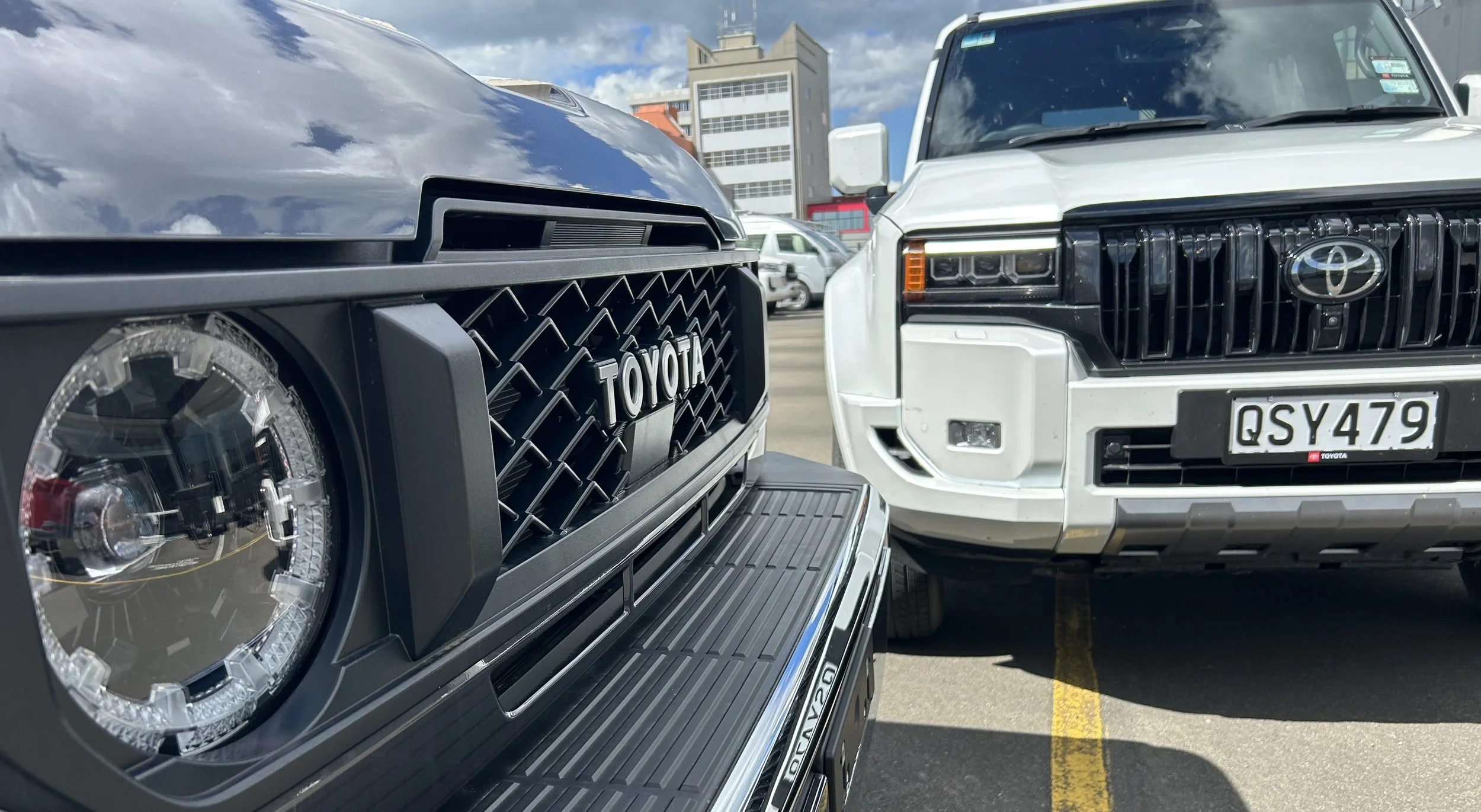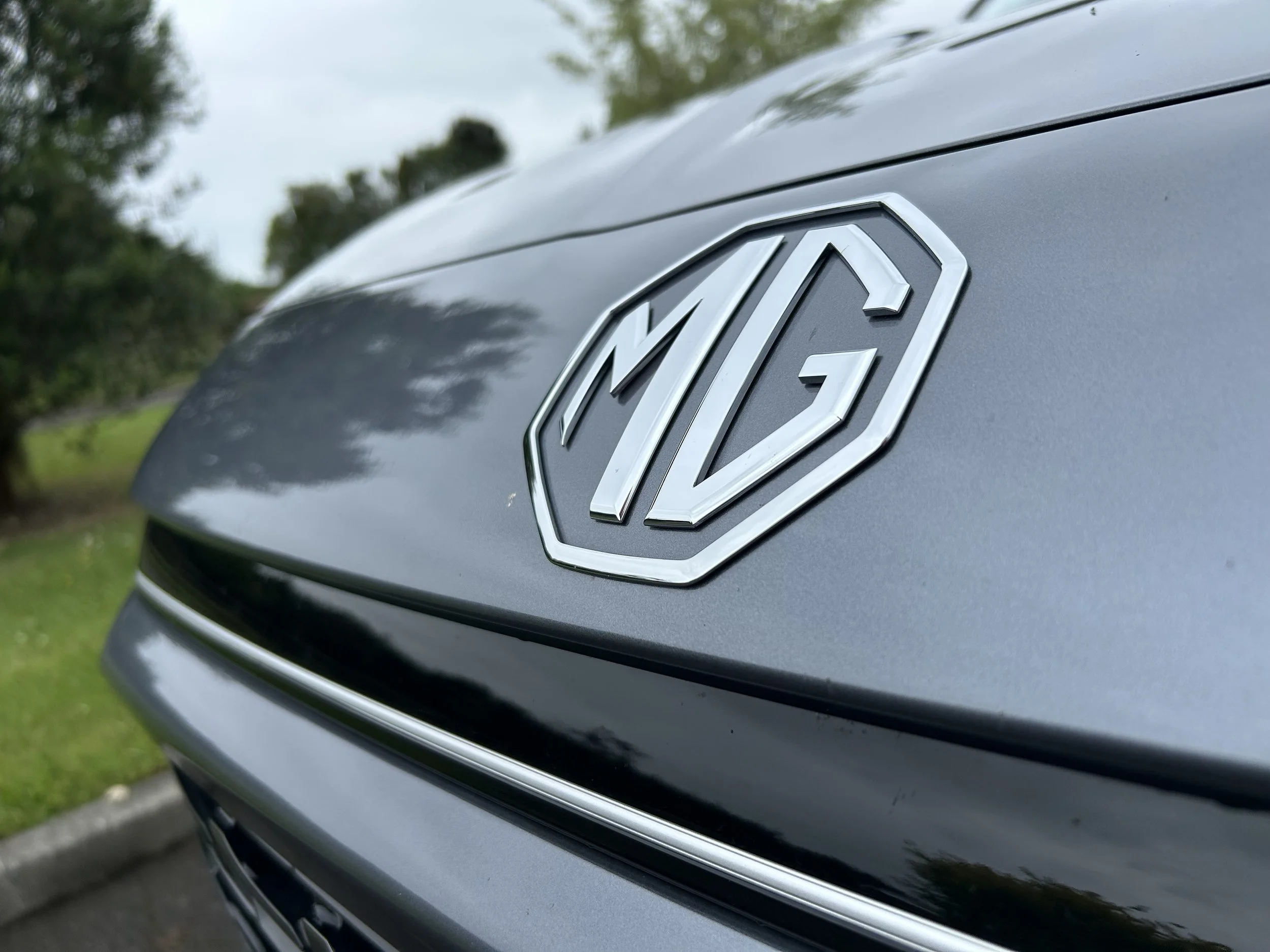Charles Nash: Farm boy who became a titan
/His innovative, hands on management style and conservative fiscal policies proved to be a winning combination
The 1930 Nash Eight still used cable-operated brakes at a time many others had gone to hydraulics.
CHARLES Nash had a philosophy that was at the heart of all that he did: "There is only one sure recipe for success in any field of endeavour: Determination, close application to details, plus hard work and then more hard work.”
It was a philosophy that had been developed in the formative years of a life that was literally a rag to riches story. It was the philosophy that enabled Nash to transform Buick and General Motors, and that enabled him to launch an automobile company that became an industry leader.
Nash was born to an impoverished farming family in Cortland, Illinois, on January 28, 1864. He was abandoned at age six by his parents when they separated. As a ward of the court he was “bound out.” In essence this was an agreement that made him an indentured servant until age 21 to a farmer in Michigan who was required to provide at least three months of formal education per year. Nash ran away and became a farmhand, at age 12, first in Grand Blanc, Michigan for $US8 per month, then for Alexander McFarland in Mount Morris, Michigan for $US12 per month.
Newly married, Nash moved to Flint, Michigan in 1890 where he found employment at the Flint Road Cart Company owned by Josiah Dallas Dort. In the fall of 1895, Dort reorganised the company as Durant-Dort Carriage Company with William C. Durant, owner of Coldwater Road-Cart Company as a partner.
Nash was initially employed as a cushion stuffer but his work ethic, attention to detail and ambition caught the attention of Durant, the man who would launch General Motors and within six months Nash was promoted to the position of superintendent at the factory. Free to innovate Nash transformed the company with the introduction of the straight-line belt conveyor belt that cut cost, increased productivity, and boosted profits. And then, shortly after the turn of the century Nash further expanded the company’s profits by adding the manufacture of automobile bodies. A primary customer was Buick which had been acquired by Durant in 1904.
In September 1908, General Motors was capitalised by William C. Durant as a holding company. The next day he purchased Buick Motor Company, and over the course of the next few weeks acquired more than 20 companies including Oldsmobile, Cadillac, and Oakland. By 1910 the rapidly growing conglomerate had left Durant increasingly short of capital as well as skilled management.
For bankers and the board of directors, increasingly worried about their investment Durant’s attempt to purchase Ford for $US8,000,000 proved to be the final straw. A banker’s trust acquired GM and forced Durant from the company.
It was this crisis that served as Nash’s entry to the American auto industry as the board at GM unanimously accepted the proposal that he be given the position of general manager of the Buick division. In less than a year he had resolved the stagnation that had resulted in a glut of inventory, initiated an industry leading program of quality control that curtailed customer complaints, and had given development of a six-cylinder engine priority status. His efforts were rewarded by elevation to the presidency of General Motors in 1912, the year that Walter Chrysler assumed the presidency of Buick.
After leaving GM, Durant established Chevrolet, and through a complicated process of exercising stock options, stock swaps, and other manipulations regained control of GM. The new policies and plans he instituted resulted in a mass exodus of management from the company. Counted among those that walked from GM were Walter Chrysler and Charles Nash.
Nash was undaunted and saw the departure from GM as an opportunity. He had been entertaining ideas of launching his own manufacturing company for quite some time. After evaluating several companies, he set his sights on acquiring the Thomas B. Jeffrey Company of Kenosha, Wisconsin, manufacturer of the popular Rambler, the Jeffrey and the Jeffrey Quad 4, a line of heavy duty 4x4 trucks.
By the late 19th century Thomas B. Jeffrey’s Rambler company was the second largest manufacturer of bicycles in the United States. Jeffrey was also a partner in the G & J Tire Company, forerunner of United States Rubber. His son, Charles, had initiated experimentation with automobiles in 1897 and in 1900 displayed a vehicle at the auto show in New York City and in Chicago. Reviews of the Rambler and receipt of orders resulted in Jeffrey selling the bicycle manufacturing company, purchasing a factory in Kenosha and initiating production.
This company would earn a reputation for innovation, such as introduction of the steering wheel, and durability. By 1910 the company had become a leading manufacturer of vehicles, and the factory was recognized as one of the largest and most modern in the country.
Tragedy struck the company in April 1910 when Thomas B. Jeffrey died suddenly of a massive heart attack. In 1915 tragedy struck the company again. Charles Jeffrey was in England negotiating sales of Jeffrey trucks and cars throughout the British Empire and had booked his return trip on the Lusitania. He survived the torpedoing of the ship but was devastated by the incident and began withdrawing from the business. This led to his sale of the company to Charles Nash in July of 1916.
Nash quickly reorganized his acquisition as the Nash Motor Company. His innovative, hands on management style and conservative fiscal policies proved to be a winning combination. In 1918, 10,000 cars rolled from the Kenosha factory. With establishment of a strong dealer network, sales the following year climbed to 27,000 automobiles and 12,000 trucks. During World War I, Nash negotiated a contract to supply the U.S. Army with 4x4 trucks. This coupled with prewar sales to the British Empire made the Nash Motor Company the largest manufacturer of trucks in the United States.
Nash was unique among auto manufacturers in that rather than incurring debt he preferred paying cash for expansions. This was such an unusual practice that it was made the focus of an article in a financial journal. “Nash is a man who, in the short space of nine years, has built up a business on which there is not a dollar of bonded indebtedness, whose stocks have a market value approximating $137,000,000, whose profits have exceeded $56,000,000, and whose bank balance tops $30,000,000. Surely he must be regarded as a very practical authority on what makes for success.”
It was from this position of financial strength that Nash began acquiring other Wisconsin automobile manufacturers, including the Mitchell Motors Company of Racine in 1923 and LaFayette Motors of Milwaukee in 1924, modernizing their production, and then introduced them as companion lines to Nash.
From its inception Nash realized that his company would never be able to compete head to head with GM, Ford, or Chrysler. So, he focused on producing a car that could be sold in the mid-price range yet provide the customer with well-engineered, durable vehicles and foster development of fierce brand loyalty. There were brief forays into the production of less expensive models such as the Ajax, and during the opening years of the Great Depression, the introduction of a luxury car line under the Ambassador name.
Stylish and powerful with highly advanced components such as dual point ignition, the Ambassador received the ultimate compliment when it was deemed the "Kenosha Duesenberg" in a review published in 1932.
Attesting to Nash’s success, a 1929 evaluation of the American industry noted that even though there were several dozen automobile manufacturers in the United States, GM, Ford, and Chrysler controlled 75 percent of the market. Nash was in fourth place.
The year 1932 proved to be pivotal in the history of the company. Charles Nash resigned as president but retained his position as board chairman, and appointed George W. Mason as executive vice president. A limited partnership was entered into with Kelvinator, a leading manufacturer of refrigerators and in 1937 a merger was initiated with the new company named Nash-Kelvinator. Nash relinquished all control of the company in 1937 and died in 1948 in Beverly Hills, California.
His namesake company would live on for almost another decade before being folded into a new conglomerate, American Motors. The cars, however, were but a small part of Charles Nash’s legacy even though they are revered by passionate collectors today. His rags to riches story is still inspiring entrepreneurs, and his revolutionary management style is used as a template by an array of progressive companies.
Read more from Jim Hinckley at jimhinckleysamerica.com


















